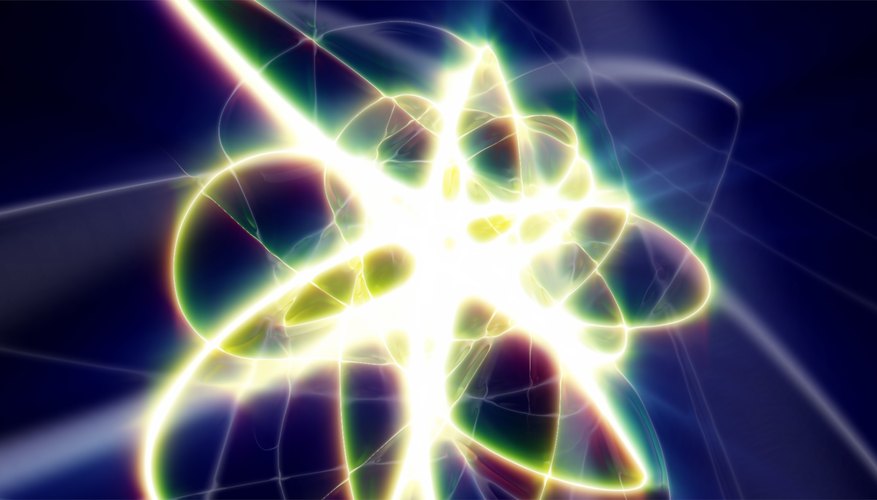For any atom, the number of protons is the same as the number of electrons. If an atom loses or gains electrons it is called an ion. Below is a picture of a sodium atom. It has 11 protons, 11 electrons and 12 neutrons. The electron structure is 2, 8, 1. Each proton has an electrical charge of +1. Each electron has an electrical charge of -1. A proton is a subatomic particle with a mass defined as 1 and a charge of +1 (positive charge). A proton is indicated by either the symbol p or p+. The nucleus of every atom contains protons. The number of protons of an atom of an element is its atomic number.
The sun has a diameter of (1.4 times 10^9) meters. The sun has a special relationship to another object that is only about (1.7 times 10^{-17}) meters in diameter—the subatomic particle called the proton. How is the gigantic sun related to the extremely tiny proton? Read on to find out.
What is a Proton?
A proton is one of three main particles that make up the atom. The other two particles are the neutron and electron. Protons are found in the nucleus of the atom. This is a tiny, dense region at the center of the atom. Protons have a positive electrical charge of one (left( +1 right)) and a mass of 1 atomic mass unit (left( text{amu} right)), which is about (1.67 times 10^{-27}) kilograms. Together with neutrons, they make up virtually all of the mass of an atom.
How is the sun related to protons? The sun's tremendous energy is the result of proton interactions. In the sun, as well as in other stars, protons from hydrogen atoms combine, or fuse, to form nuclei of helium atoms. This fusion reaction releases a huge amount of energy and takes place in nature only at the extremely high temperatures of stars, such as the sun.
Identical Protons, Different Elements
Atom Proton And Neutron
All protons are identical. For example, hydrogen protons are exactly the same as protons of helium and all other elements, or pure substances. However, atoms of different elements have different numbers of protons. In fact, atoms of any given element have a unique number of protons that is different from the numbers of protons of all other elements. For example, a hydrogen atom has just one proton, whereas a helium atom has two protons. The number of protons in an atom determines the electrical charge of the nucleus. The nucleus also contains neutrons, but they are neutral in charge. The one proton in a hydrogen nucleus, for example, gives it a charge of (+1), and the two protons in a helium nucleus give it a charge of (+2).
What are Protons Made of?
Ram cleanup. Protons are made of fundamental particles called quarks and gluons. As you can see in the figure below, a proton contains three quarks (colored circles) and three streams of gluons (wavy black lines). Two of the quarks are called up quarks (u), and the third quark is called a down quark (d). The gluons carry the strong nuclear force between the quarks, binding them together. This force is needed to overcome the electric force of repulsion between positive protons. Although protons were discovered almost 100 years ago, the quarks and gluons inside them were discovered much more recently. Scientists are still learning more about these fundamental particles.
Summary
- A proton is one of three main particles that make up the atom. It is found in the nucleus. It has an electrical charge of (+1) and a mass of 1 atomic mass unit (left( text{amu} right)).
- Atoms of any given element have a unique number of protons that is different from the numbers of protons of all other elements.
- Protons consist of fundamental particles called quarks and gluons. Gluons carry the strong nuclear force between quarks, binding them together.

Explore More
Do the activity at the URL below for a better appreciation of the size of a proton.
Protons Definition

Explore More
Do the activity at the URL below for a better appreciation of the size of a proton.
Protons Definition
Contributors and Attributions
Atoms Protons Neutrons Electrons Quiz
CK-12 Foundation by Sharon Bewick, Richard Parsons, Therese Forsythe, Shonna Robinson, and Jean Dupon.

